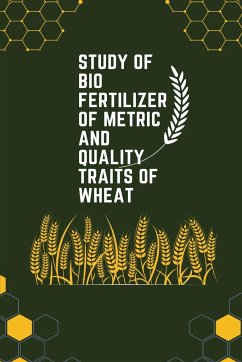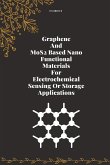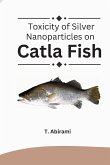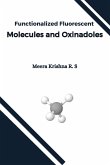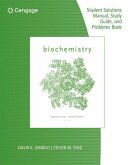At the dawn of new millennium where the new world order stands, its production practices face the challenge of feeding its exponentially growing world population along with the conservation of environmental resources. But this could be achieved only when the sustainable agricultural practices are taken down to farmers with relatively small land holdings in countries like India, so that the complex farming systems becomes more efficient, more productive. Wheat is second most important cereal crop after rice. It makes up to 18 percent of the world's edible dry matter and occupies first position among food crops of the world. It is grown in wider diverse agro-climatic conditions and occupies more than twenty-five million hectare area in India with production over 70 million tones. Wheat is a hexaploid (2x=42) crop, which is botanically known as Triticum aestivum and affiliates to the family Graminae (Poaceae). Hexaploid wheat (T.aestivum) was originated by the doubling of the chromosome number. The diversity of wheat is confined to the Himalayan range of Hindukush mountains. Wheat compares well with other important cereals in its nutritive value. It contains 11.8 % protein, and relatively high content of Niacin and Tthiamin. Besides amino acid its significance in nutrition.
